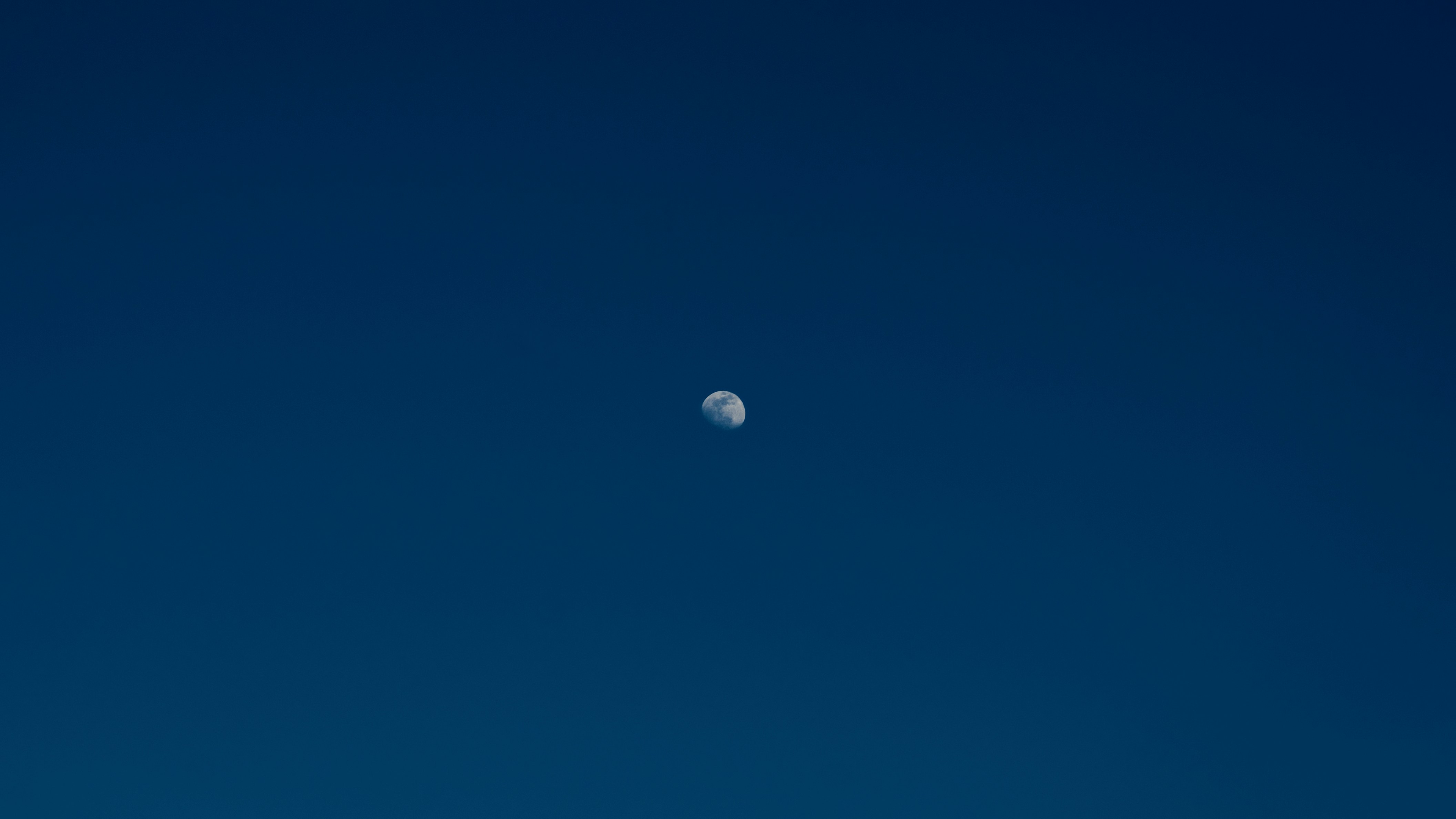This post is from 2016, after I’d attended quite a few meditation retreats and believed myself more full of insight than I actually was. I’ve tinkered with the piece but haven’t completely updated it, because I’m rather fond of that earlier version of myself, so earnest and sure…
Buddhism points to emptiness. It helps us see how experience, when traced to its core, dissolves before our eyes.
This happens, for instance, in the psyche. Our personal identity seems solid until we try to locate it in the mind, where we discover only a mass of competing influences without fixed center.
If we seek solidity in ‘real-world’ experience, we discover that our minds serve up halls of mirrors. Perceptions are reflections within the corridors of mind; they supply echoes of reality rather than direct contact with it. (This truth has been explored by many philosophers, beginning at least as far back as Plato.) The world we experience is a projection in awareness, useful but lacking substance.
Emptiness is also detectable in physics. Down at the level of atoms, solidity vanishes. In its place roil energetic swirls, at once point-like and diffuse. Matter that appears solid is mostly empty space, and the processes that occupy that space can be described only as mathematical abstractions. It’s like walking into a room, expecting to see furniture, but finding only motes of dust.
Insight into emptiness is valued by Buddhists because it reduces suffering. Seeing how mental and physical processes are temporary and insubstantial frees us from taking them too seriously.
That’s all good, but when we come home to an injured child or pet, we rush to assist despite our knowledge of emptiness. The world demands participation even though it vanishes on close inspection.
How do we reconcile practices that help us discover emptiness with those that call us to act compassionately? In one Buddhist practice angst dissolves in a void. In another, metta prayers ask that ‘all beings be freed from suffering.’ How is it possible to see reality as insubstantial while also caring about the pain within it?
Let’s turn to the work at hand: Mindful Biology. Among other things, it encourages love for our bodies. But why should we harbor affection for an organism that disappears, at subatomic grain, in a buzz of abstractions? Wouldn’t it make more sense to declare it a distraction, ignore its needs, and ponder a vast, crystalline emptiness?
Perhaps, but we’ve already seen that emotional separation fails us when pain is strong. Life insists we take it seriously.
The answer to this dilemma is the Middle Way. The Buddha emphasized that neither worldly indulgence nor ascetic denial provide true relief. The best we can do is engage with the world while handling its challenges with a looser grip.
In terms of Mindful Biology, we use science to to understand our human forms as temporary processes of that arise, live for a time, and then dissipate, shaped all the while by history and circumstance. With this perspective on our own baffling complexity, we feel less sense of entrapment, ownership, and affront. Detaching in this way is useful in the face of physical discomfort; it is also a tonic for feelings of distress as the body ages. When the psyche views the soma with detachment, it feels cushioned against hard edges.
At the same time, our body is a sensitive organism. As our living home in the world, it deserves affection and care. Denying the body’s importance because of its ultimate emptiness hardly seems wise. So we hold the soma in love, honoring it despite its transience. We accept the inevitability of change and limitation. Knowing the body to be a evanescent swirl in the currents of time, we appreciate it all the more.
To summarize: nothing appears substantial when probed to depth. Mentally, we find a shifting crew of personal tendencies without central identity. When our mind interacts with the world, it tries to objectify what it sees ‘outside,’ but everything the mind experiences is already ‘inside,’ where perception is like the play of light on a movie screen. Meanwhile, physics tells that whatever actually is ‘out there’ is an unbounded swirl of energy and vibrations. What a strange, empty place this is!
But for all this dizzying emptiness of matter and mind, the grounded experience of daily life compels us to participate. We can’t ignore events and needs that beg our involvement at every turn. Even though it’s a play of formless energies, we embrace life with every breath.
One path to contentment is climbing toward an clear view of reality. As we see more and more accurately, we begin to make out a truth of great healing power, a truth that is waiting for us to catch on. It comes in two parts. One is the fact of emptiness; the other is the need for engagement. If we learn the lessons offered, we meet Life with less self-focus and more compassion. With heart in hand, we greet Life in the empty mist of reality.

